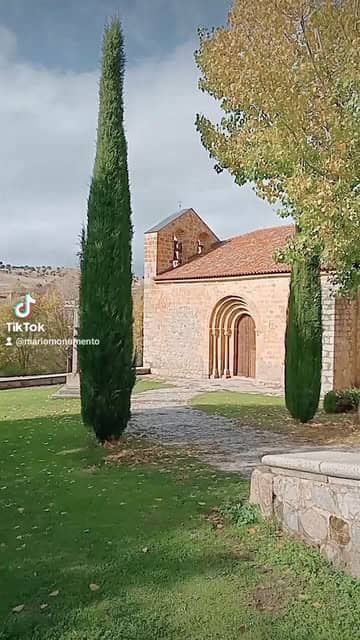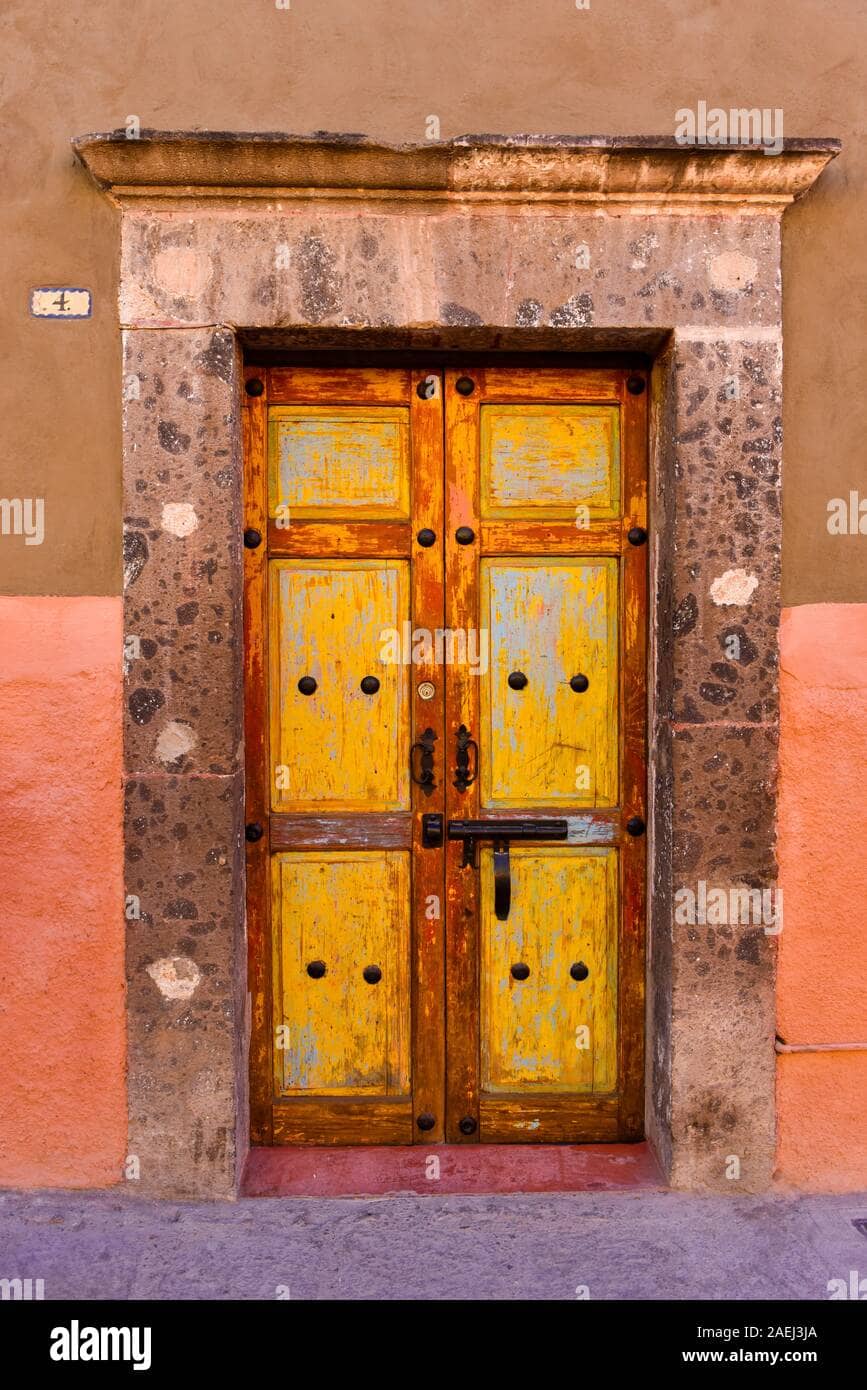Ermita de San Segundo
A 12th-century Romanesque hermitage on the Adaja River, significant for its portal and connection to Saint Segundo.
Highlights
Must-see attractions

Social
From TikTok & Reddit
Best Time
Potentially more open hours
Ermita de San Segundo
Best Time
Potentially more open hours
Highlights
Must-see attractions
A 12th-century Romanesque hermitage on the Adaja River, significant for its portal and connection to Saint Segundo.
"A beautiful Romanesque gem by the river, though often closed to visitors."
Check Opening Hours First
Access can be limited; verify visiting hours beforehand to avoid disappointment. :informationdeskperson:
Appreciate the Romanesque Art
Don't miss the detailed carvings on the southern portal's archivolts. :art:
Highlights
Discover the most iconic attractions and experiences
Romanesque Portal
Southern facade
Admire the five archivolts on columns, adorned with plant motifs, glyphs, and harpies. A true medieval masterpiece.
Adaja River Setting
Banks of the Adaja River
Enjoy the serene location of the hermitage by the Adaja River, offering a peaceful escape just outside Ávila's walls.

Original Main Door
Current main door
Note the cross on the current main door, marking the spot where the original entrance is walled up, adding a layer of historical intrigue.
Plans like a pro.
Thinks like you
Planning Your Visit
Timing Your Visit to Ermita de San Segundo
Understanding the Hermitage's Significance
Best Times
Insider Tips
from TikTok, Instagram & Reddit
Check Opening Hours First
Access can be limited; verify visiting hours beforehand to avoid disappointment. :informationdeskperson:
Appreciate the Romanesque Art
Don't miss the detailed carvings on the southern portal's archivolts. :art:
Enjoy the Riverside Location
The hermitage's setting by the Adaja River is peaceful and scenic. :river:
Look for Historical Clues
Observe the cross marking the original, walled-up entrance. :key:
Tips
from all over the internet
Check Opening Hours First
Access can be limited; verify visiting hours beforehand to avoid disappointment. :informationdeskperson:
Appreciate the Romanesque Art
Don't miss the detailed carvings on the southern portal's archivolts. :art:
Enjoy the Riverside Location
The hermitage's setting by the Adaja River is peaceful and scenic. :river:
Look for Historical Clues
Observe the cross marking the original, walled-up entrance. :key:
What Travellers Say
Reviews Summary
Visitors find the Ermita de San Segundo to be a historically significant and architecturally interesting site, particularly its Romanesque portal. However, many are disappointed by its frequent closure, making interior access difficult and limiting the overall visitor experience. Its peaceful riverside setting is often praised.
"Avila
A walk around the walled city of Ávila. It is a city in the rolling hill country northwest of Madrid. It’s best known for its intact medieval city walls, with 80-plus crenelated, semicircular towers (compared to Conwy Castle’s 21) and 9 gates, including the arched El Alcázar, on the eastern side. Long sections atop the walls are walkable. Very much like Conwy but without an actual dog’s mutts castle! A stunning stunning place to spend the day ❤️.
World Heritage Site
No 6. Old Town of Ávila with its Extra-Muros Churches (Nine of them). This being one of them."
david howells
"Hermitage outside the city of Ávila, very close to the Adaja River. It's very simple. The most notable thing is a cross on the current main door, since what seems to be the original is walled up, and the details of the archivolts, in the shape of a flower, are very attractive. It dates back to the 12th century. The interior seems difficult to visit, since it is rarely open."
Andrés Navarro
"This hermitage, located outside the walls of Ávila, on the banks of the Adaja River, was built in Cali granite between 1130 and 1160. Its previous dedication was to Saint Sebastian and Saint Lucia, until the relics of Saint Segundo, the first bishop of Ávila and one of the Apostolic Men sent to evangelize Hispania by Saints Peter and Paul, were discovered in 1615.
The building has a basilica plan, with three naves and a triple-apse chancel. Although it was extensively renovated in the 16th century, it retains its Romanesque southern portal with five archivolts on columns with capitals decorated with plants, glyphs, and harpies."
Alberto S.
What People Like
What People Dislike
Frequently Asked Questions
🚇 🗺️ Getting There
The Ermita de San Segundo is located just outside the walls of Ávila, near the Adaja River. It's a short distance from the city center, making it accessible by a pleasant walk or a short drive. Many visitors enjoy walking along the riverbanks to reach it, offering scenic views of the surrounding landscape and the city walls.
While specific parking facilities might be limited due to its location, visitors can often find street parking in the vicinity. It's advisable to check for designated parking areas upon arrival, especially during peak tourist seasons.
Information on direct public transport routes to the hermitage can be scarce. It's best to consult local Ávila transport schedules or consider a taxi for a convenient journey if walking or driving is not an option.
🎫 🎫 Tickets & Entry
Unfortunately, the Ermita de San Segundo is often closed to visitors, and specific opening hours are not consistently advertised. Travelers have noted that it's 'rarely open' and 'closed to visitors,' so it's recommended to check with Ávila's tourism office for any potential scheduled access or events.
As the hermitage is frequently closed, there isn't a standard ticket purchase system. If there are any special openings or guided tours, information would likely be available through local tourism channels.
Visiting the interior is difficult as it is rarely open. Many visitors report being unable to enter, so it's best to manage expectations and appreciate its exterior architecture and setting.
Specific guided tours for the hermitage are not commonly advertised. However, some general tours of Ávila might include a stop or mention of the hermitage. Inquiring with local tour operators in Ávila is recommended.
📸 📸 Photography
The Romanesque southern portal with its detailed archivolts is a prime subject for photography. The exterior architecture, especially the cross on the main door, and the scenic riverside location also offer great photo opportunities.
Since access to the interior is very limited, taking photos inside is generally not possible. Focus on capturing the beauty of its exterior and its picturesque surroundings.
Early morning or late afternoon light can enhance the textures of the stone and the atmosphere of the riverside setting. Consider the angle of the sun to best capture the details of the Romanesque portal.
🎫 🏛️ History & Architecture
Dating back to the 12th century, the hermitage was initially dedicated to Saint Sebastian and Saint Lucia. It gained prominence after the relics of Saint Segundo, the first bishop of Ávila, were discovered there in 1615. It's also noted that Lope de Vega spent his last years here as a priest.
The hermitage is primarily Romanesque, built in Cali granite between 1130 and 1160. While it underwent renovations in the 16th century, it retains its original Romanesque southern portal with five archivolts and decorated capitals.
The southern portal is a key feature, showcasing five archivolts supported by columns. The capitals are intricately decorated with motifs of plants, glyphs, and mythical creatures like harpies, representing significant Romanesque artistry.
For Different Travelers
Tailored advice for your travel style
History Buffs & Architecture Enthusiasts
Peace Seekers & Nature Lovers
Deep Dives
In-depth insights and expert knowledge
Architectural Marvel: The Romanesque Portal
While the hermitage itself underwent renovations in the 16th century, the preservation of this original Romanesque portal is a significant achievement. Visitors often marvel at the skill and artistry involved in creating such detailed stonework, especially considering the era. The portal is not just an entrance but a piece of art that tells a story of faith and history, making it a must-see element of the Ermita de San Segundo.
A Place of Spiritual Significance and Historical Layers
Adding another layer to its history, it's believed that the renowned Spanish playwright and poet Lope de Vega spent his final years here, serving as a priest. This connection to a literary giant further enriches the hermitage's narrative, blending religious history with cultural heritage. Despite its historical weight, many visitors note the challenge of accessing the interior, with the original main door being walled up and a cross marking its former location, adding a touch of mystery to its past.


Social
from TikTok, Instagram & Reddit